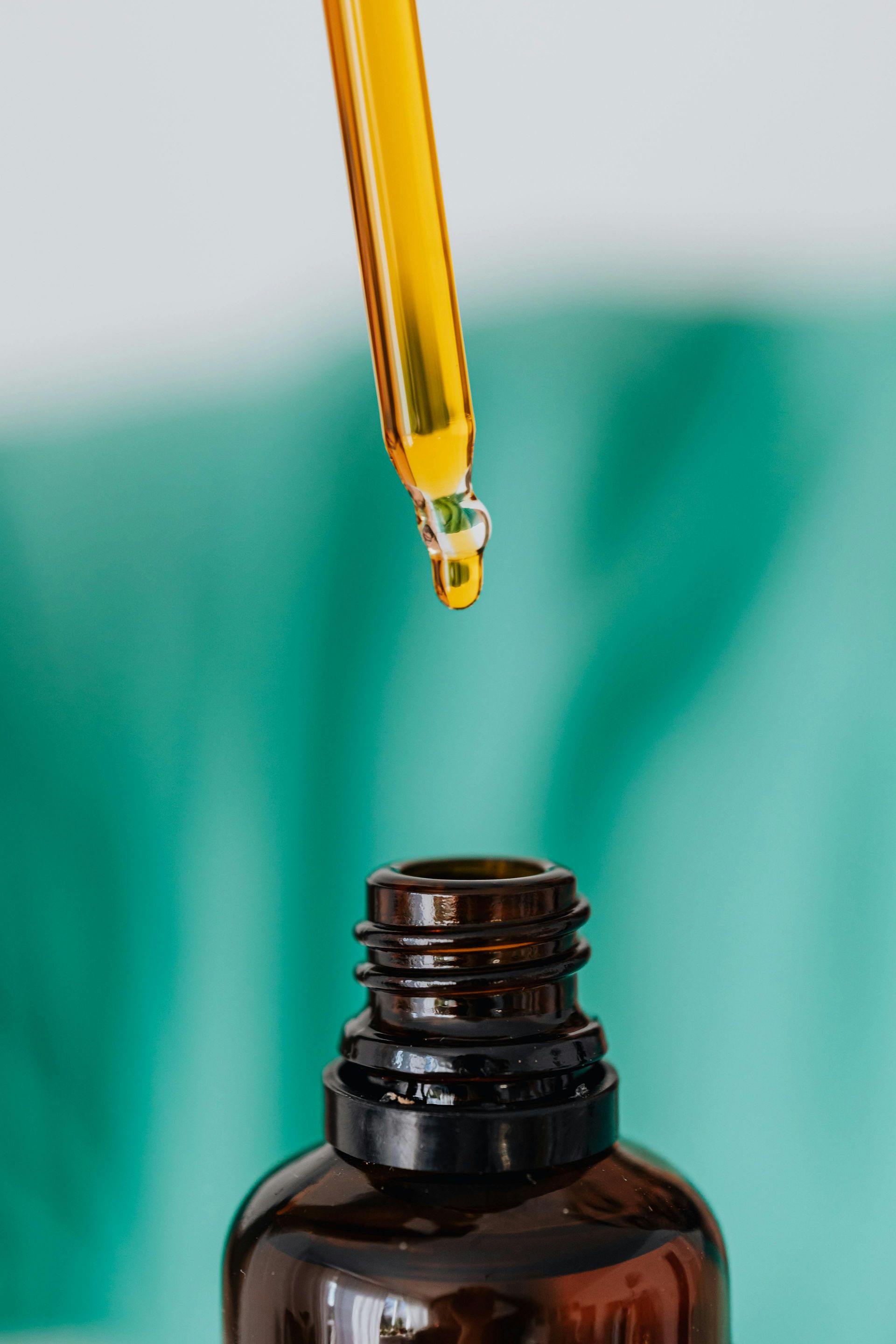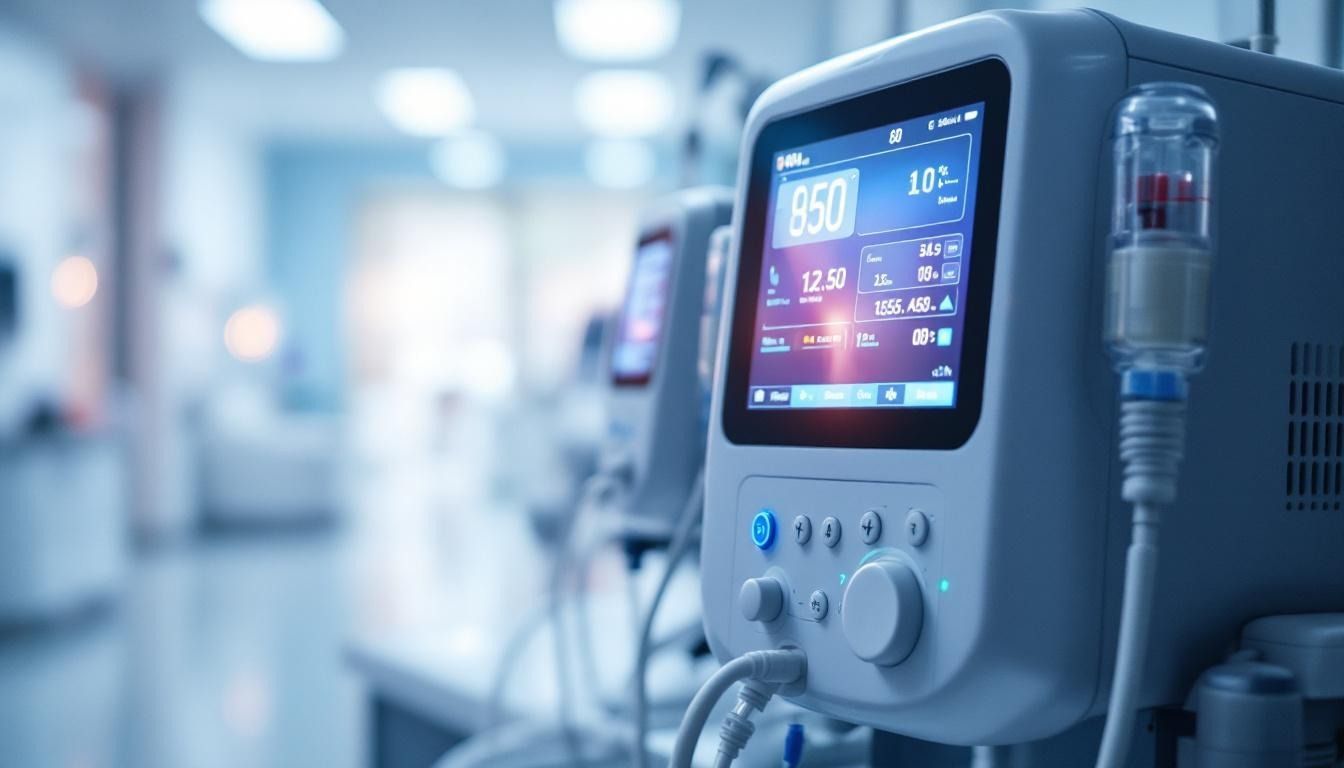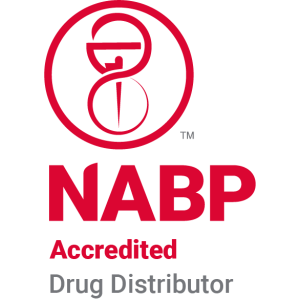How IPN differs from IDPN and TPN
Exploring the Differences and Uses of IPN, IDPN, and TPN
Nutritional support plays a critical role in managing patients undergoing dialysis or suffering from conditions that impair gastrointestinal function. Among the various modalities, Intraperitoneal Nutrition (IPN), Intradialytic Parenteral Nutrition (IDPN), and Total Parenteral Nutrition (TPN) are specialized approaches, each with distinct methods, indications, and regulatory considerations. This article aims to dissect these therapies, clarify how they differ, and highlight their significance in clinical practice.
Definitions and Purposes of IPN, IDPN, and TPN

What are the definitions and purposes of IPN, IDPN, and TPN?
IPN, or Intraperitoneal Nutrition, is a method of delivering essential nutrients directly into the peritoneal cavity. It is primarily used for patients on peritoneal dialysis, where protein is added to the dialysate to replace amino acids lost through the peritoneal membrane. This approach helps maintain adequate nutritional levels and supports the patient's overall health.
IDPN, or Intradialytic Parenteral Nutrition, provides supplemental nutrients such as amino acids, carbohydrates, and fats during hemodialysis sessions. It aims to address malnutrition and prevent weight loss, which are common concerns in dialysis patients. By infusing nutrients directly into the bloodstream while dialysis occurs, IDPN helps sustain a patient’s nutritional status when oral intake is insufficient.
TPN, or Total Parenteral Nutrition, is a comprehensive nutritional support system delivered intravenously through a central vein. It is used when gastrointestinal (GI) function is impaired or cannot absorb nutrients effectively. TPN supplies a complete mixture of proteins, carbohydrates, fats, vitamins, and minerals, ensuring that patients receive necessary nutrients to recover, maintain energy, and improve overall outcomes.
The purpose of these three methods varies based on patient needs. IPN mainly supports dialysis patients by compensating for nutrient loss via the peritoneal membrane. IDPN provides targeted nutritional support during hemodialysis to prevent malnutrition. TPN offers full nutritional replenishment when the GI tract cannot serve its function. Collectively, these therapies help improve nutritional markers like albumin and prealbumin, support wound healing, and promote better overall health in vulnerable patients.
In summary, although each method has a specific application, their overarching goal is to maintain or restore healthy nutritional status when oral or enteral feeding is insufficient or impossible. They play a vital role in managing malnutrition associated with kidney failure and dialysis treatments.
Methods of Administration of IPN, IDPN, and TPN

What are the methods of administration of IPN, IDPN, and TPN?
Different nutrition therapies are delivered through various routes, tailored to meet the needs of dialysis patients with specific nutritional challenges.
IPN, or Intraperitoneal Nutrition, involves adding nutrients directly into the peritoneal cavity. This method is commonly used during peritoneal dialysis, where a specialized dialysate containing nutrients such as amino acids is infused into the abdomen. The nutrients are absorbed through the peritoneal membrane, directly nourishing the patient without requiring intravenous access.
IDPN, or Intradialytic Parenteral Nutrition, is administered during hemodialysis sessions. It utilizes the existing dialysis access to deliver nutrients into the bloodstream through an intravenous route. This therapy typically involves the infusion of amino acids, glucose, and lipids via the veins, often through a multi-chamber solution prepared by pharmacies or standard commercial formulations. Administered during dialysis, it helps improve nutritional status without additional invasive procedures.
TPN, or Total Parenteral Nutrition, is a comprehensive intravenous therapy providing all essential nutrients—proteins, carbohydrates, fats, vitamins, and minerals—directly into a central vein. TPN is used when the gastrointestinal tract is unable to function properly or cannot be used for nutrition. It ensures complete nutritional support through a carefully balanced solution infused through a central venous catheter.
To summarize, IPN is delivered into the peritoneal cavity, primarily during peritoneal dialysis. In contrast, IDPN and TPN are administered via the bloodstream—IDPN during dialysis sessions and TPN when total parenteral support is necessary. Each method targets different routes of nutrient delivery suited to the patient’s specific clinical needs.
Clinical Applications and Relevance of IPN, IDPN, and TPN

What are the clinical applications and relevance of IPN, IDPN, and TPN?
IPN (Intraperitoneal Nutrition) and IDPN (Intradiolytic Parenteral Nutrition) are targeted therapies designed to manage the nutritional needs of patients undergoing dialysis. IPN involves adding amino acids and essential nutrients directly into the dialysate during peritoneal dialysis, helping to compensate for amino acids lost through the peritoneal membrane. This method also helps lower blood glucose levels that can rise due to dextrose in dialysate solutions.
IDPN is administered during hemodialysis sessions. It delivers vital nutrients such as proteins, carbohydrates, and fats directly into the bloodstream, supporting those who are unable to meet their nutritional needs through oral intake. This therapy has shown benefits like preventing weight loss, increasing serum albumin and prealbumin levels, and reducing inflammation.
Both therapies aim to counteract the nutrient losses caused by long-term dialysis. The importance of maintaining nutrition in these patients cannot be overstated, as malnutrition is linked to higher mortality and poorer recovery.
In addition to dialysis-related therapies, TPN (Total Parenteral Nutrition) is used when gastrointestinal function is severely compromised. TPN provides complete nutrition intravenously, suitable for patients with conditions like severe GI disorders or post-operative recovery when oral or enteral feeding isn’t possible.
These nutritional strategies are supported by studies demonstrating their ability to improve patient outcomes, including wound healing, body weight stability, and overall well-being. They are also integral in preventing protein-energy wasting, common in chronic kidney disease and dialysis patients.
Medicare coverage varies, with some aspects of intradialytic nutrition being covered without prior authorization. IDPN and IPN compounds often involve specific ingredient components – such as amino acids and fats – which are covered under Medicare Part D or Part B depending on how they are prepared and administered.
In summary, IPN, IDPN, and TPN are crucial tools in the management of nutritional status in patients with dialysis needs or GI failure, improving clinical outcomes and supporting recovery.
| Therapy Type | Primary Use | Administration Method | Main Nutrients Provided | Typical Patient Population |
|---|---|---|---|---|
| IPN | Replace amino acids lost during peritoneal dialysis | Intraperitoneal (dialysate) | Amino acids, glucose, electrolytes | Peritoneal dialysis patients, malnourished patients |
| IDPN | Support nutrition during hemodialysis | Intravenous infusion during dialysis | Proteins, carbs, fats | Hemodialysis patients with nutritional deficits |
| TPN | Total parenteral nutrition when GI tract is non-functional | IV infusion (central line) | Complete nutrients (proteins, carbs, fats, vitamins) | Patients with GI failure or severe malabsorption |
Understanding the specific applications of these therapies helps healthcare providers optimize nutritional support tailored to the needs of dialysis and other critically ill patients.
Benefits and Distinctions of IPN, IDPN, and TPN

How do the benefits and distinctions of IPN, IDPN, and TPN compare?
Intraperitoneal Nutrition (IPN), Intradialytic Parenteral Nutrition (IDPN), and Total Parenteral Nutrition (TPN) are all targeted nutritional therapies designed to support dialysis patients struggling with malnutrition. Their main differences relate to how they are administered and the specific patient needs they address.
IPN involves adding protein directly to the dialysate used in peritoneal dialysis. It primarily aims to replace amino acids lost through the peritoneal membrane, helping improve protein levels and overall nutritional status in peritoneal dialysis (PD) patients. This method directly delivers nutrients into the peritoneal cavity, making it suitable for individuals with functioning gastrointestinal (GI) systems on PD.
IDPN is given intravenously during hemodialysis sessions. It supplies essential nutrients such as proteins, carbohydrates, and fats to counteract nutrient loss during dialysis. Although IDPN can help improve plasma albumin and prealbumin levels and may reduce malnutrition and inflammation, its impact on reducing mortality or hospitalization remains unproven. It is especially useful for patients with compromised appetite or absorption issues who cannot meet nutritional goals orally.
TPN is administered outside dialysis sessions through a central vein, providing comprehensive nutritional support. It is indicated mainly for patients unable to take enough nutrients orally or enterally, regardless of their dialysis modality. TPN allows for a broad spectrum of nutrients, including amino acids, lipids, and carbohydrates, tailored to individual needs.
| Feature | IPN | IDPN | TPN |
|---|---|---|---|
| Route of Administration | Peritoneal cavity | Intravenous during dialysis | Central venous access, outside dialysis |
| Target Patients | Peritoneal dialysis patients with functional GI system | Hemodialysis patients at risk of malnutrition | Patients with inadequate oral/enteral intake |
| Main Purpose | Replenish amino acids, improve nutritional status | Address nutrient loss during dialysis, support plasma proteins | Broad nutritional support when oral/enteral feeding is insufficient |
| Clinical Evidence | Reduces amino acid loss in PD | Improves albumin/prealbumin, may reduce inflammation | Supports weight maintenance, wound healing, reduces malnutrition |
While all three therapies aim to optimize nutrition in dialysis patients, their specific applications depend on individual patient conditions, dialysis modality, and whether the gastrointestinal tract is functional. IPN is best suited for PD patients with GI tract health; IDPN targets hemodialysis patients experiencing nutritional decline; TPN serves those unable to meet needs through oral intake, regardless of dialysis type.
In summary, the choice among IPN, IDPN, and TPN hinges on the patient’s dialysis modality, GI functionality, and nutritional status, with each offering tailored advantages to address specific clinical scenarios.
Regulatory and Technical Aspects of Delivery and Use

What are the regulatory and technical differences among IPN, IDPN, and TPN?
Intraperitoneal Nutrition (IPN), Intradialytic Parenteral Nutrition (IDPN), and Total Parenteral Nutrition (TPN) are specialized therapies designed to meet the nutritional needs of patients, especially those with chronic kidney disease or on dialysis. Although they all involve nutrient delivery, their methods of administration and regulatory controls differ significantly.
IPN is administered directly into the peritoneal cavity during peritoneal dialysis. This process requires meticulous sterile technique to prevent infections such as peritonitis. Preparation of IPN involves compounding amino acids and other nutrients with dialysate, following strict peritoneal dialysis protocols regulated by healthcare standards and guidelines. The focus is on maintaining sterility within the peritoneal environment to safeguard patient health.
In contrast, TPN involves delivering nutrients intravenously, directly into the bloodstream via a central or peripheral vein. This method demands rigorous sterile compounding in a controlled environment, such as a laminar airflow hood, to prevent bloodstream infections. TPN solutions are carefully prepared and checked, following detailed infusion safety standards to monitor patient reactions and avoid complications like infections or metabolic disturbances.
IDPN is given during dialysis sessions into the bloodstream, typically requiring adherence to intravenous therapy standards. Its nutrients—proteins, carbs, and fats—are infused with precision, and the process involves regular monitoring for adverse reactions and nutritional efficacy.
Overall, all three therapies mandate strict aseptic procedures and regulatory oversight. The main difference lies in their delivery site—peritoneal cavity vs. bloodstream—and their specific technical protocols. IPN’s regulation is primarily guided by peritoneal dialysis protocols, while TPN and IDPN follow stringent intravenous infusion standards. Selecting the appropriate method involves considering the patient's clinical condition, risks, and nutritional goals, with safety and compliance remaining paramount across all therapies.
Optimizing Nutritional Support in Dialysis and Clinical Settings
Understanding the fundamental differences among IPN, IDPN, and TPN empowers healthcare providers to tailor nutritional interventions effectively. Each modality offers unique benefits aligned with specific clinical needs—IPN for peritoneal dialysis patients, IDPN during hemodialysis, and TPN when gastrointestinal access is compromised. Recognizing their administration methods, regulatory frameworks, and clinical applications ensures optimal patient outcomes, supports management of malnutrition, and enhances quality of life for patients with dialysis-dependent or gastrointestinal impairments.
References
- IDPN & IPN Nutrition Therapy for Dialysis Patients, What's ...
- Intradialytic Parenteral Nutrition Pharmacy
- Benefits of IDPN and IPN
- IDPN/IPN Coverage under Medicare Part D
- Evidence Brief: Use of Intradialytic Parenteral Nutrition ...
- IDPN & IPN Nutrition Therapy for Dialysis Patients, What's ...
- INTRADIALYTIC PARENTERAL NUTRITION (IDPN)
- IDPN & IPN Nutrition Therapy for Dialysis Patients, What's ...
- INTRADIALYTIC PARENTERAL NUTRITION (IDPN)
- Renal Nutrition IDPN/IPN













